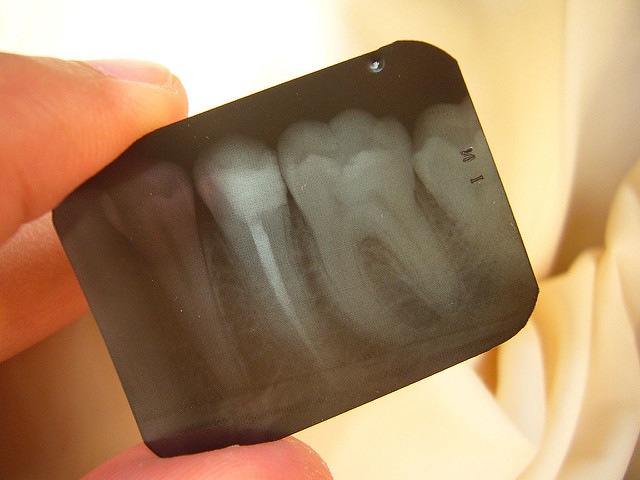Root Canal Therapy

It’s easy to strike fear into the minds of many with only two words, if you choose those words carefully.
Car Accident.
Final Exam.
Root Canal.
Root canals. Two words that shouldn’t go together, but do. But the perceived fear is often worse than the actual experience of having root canal therapy, and certainly the actual pain of not seeking treatment is far worse than both.
What is a Root Canal?
If your tooth develops deep decay, deep or leaking fillings – or suffers a crack through trauma, the tooth may die and need root canal treatment. Root canal treatment is performed on the tissue living inside the tooth – called the pulp – if it becomes inflamed or infected, or abscessed. This can lead to spontaneous and long-lasting pain (when chewing or not chewing) along with sensitivity to hot and cold. The treatment for this is often extraction or preferably, root canal therapy.
What is Root Canal Therapy?
It is the act of saving a tooth that’s become infected and in danger of dying off. A root canal is the process of treating infected tissue from within the tooth. The diseased pulp tissue is removed, and sealed with an inert material – this material will appear white on an x-ray. After the process, the tooth will continue to function like any other tooth.
Is a Root Canal Painful?
With modern techniques the historical bias against root canal therapy is disappearing slowly. In fact, many patients report a reasonable level of comfort during the procedure. For the first few days after the treatment, you may experience pain or discomfort – especially if there was pain or infection prior to the treatment. This discomfort can be relieved with either over-the-counter, or if necessary, prescription medications. Please follow your medical team’s instructions carefully during the post-recovery phase.
Life After Root Canal Therapy
Following the treatment – which may take one appointment or be spread out over several – the symptoms will usually resolve, as the core problem has been eliminated. The abscess on the tooth will typically dissipate, and the quality of life of the patient will improve.
How Expensive is Root Canal Therapy
While costs will vary depending on the complexity of the problem and the specific tooth affected, it is generally true that root canal therapy is less expensive and a superior option to the alternative of having the tooth extracted. An extracted tooth must be replaced with an implant (or bridge) that acts to restore chewing functionality and prevent adjacent teeth from shifting – procedures that tend to cost more than saving the tooth in the first place through root canal therapy.
How to Get Started
Contact your dentist immediately for a consulation if you feel tremendous pain. If root canal therapy is recommended, your dentist will either refer you to a specialist, or be able to perform the procedure themselves in their office.





